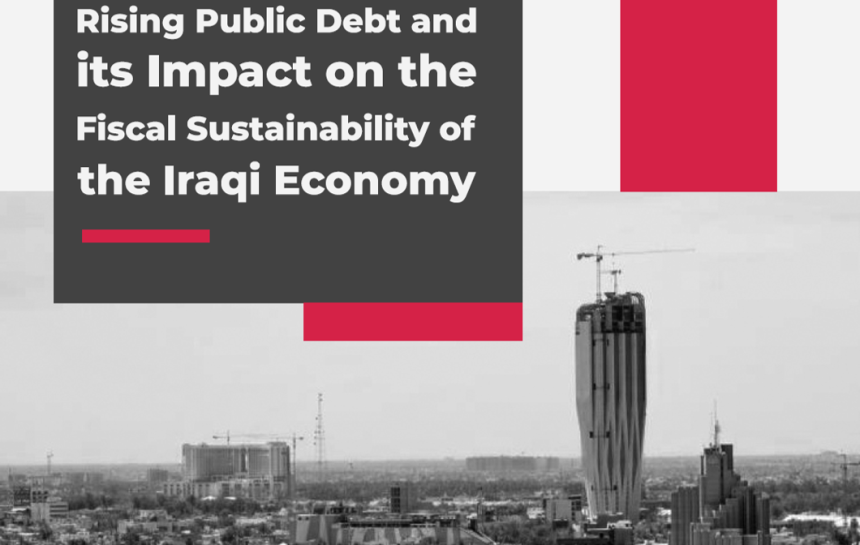
Rising Public Debt and its Impact on the Fiscal Sustainability of the Iraqi Economy
by Dr. Abdulrahman Najm Al-Mashhadani
Although Iraq managed to reduce its external debt following the rescheduling of debts owed to the Paris Club and other countries at the end of 2004—based on the support and assistance convention signed with the International Monetary Fund (IMF), which recommended that creditor states write off more than 80% of Iraq’s outstanding debt—it is notable that external and domestic borrowing has increased from a variety of sources, despite higher oil revenues. Domestic and external debt has increasingly become one of the main sources for financing the government’s general budget deficit. This, in turn, has had a significant impact on the structure of economic growth in Iraq. The continued reliance on deficit financing has led to a rise in both external and domestic debt. This is largely due to the increase in projected public expenditures that surpass projected revenues, in order to cover the government’s domestic obligations, including salaries, wages, and other operational expenses, as well as external commitments such as war reparations, interest payments, and external debt installments. In addition, the lack of proper planning for development projects has meant that many external loans were directed toward operational budget expenditures, rather than being optimally invested in infrastructure development or in launching projects capable of achieving sustainable development, through which Iraq could have generated returns to service its debts. On another front, the need for external and domestic borrowing grew in response to a series of economic, political, and security crises, including the decline in global oil prices, the war on terrorism, rampant financial and administrative corruption across most sectors of the Iraqi state, and the dual health and economic crisis of 2020. All of this has led to a rise in Iraq’s domestic and external debt. Since 2003, not a single year has passed without Iraqi governments resorting to borrowing.
Research Hypothesis:
This study is based on the hypothesis that “Iraq’s ability to achieve fiscal sustainability in the medium and long term depends on controlling operational expenditures and investing its resources to enhance its productive and export capacity in the oil sector, while redirecting its revenues to restructure and reform the economy, diversify sources of income, and reduce reliance on borrowing, with a view to achieving social welfare and safeguarding the rights of future generations.”
Accordingly, the study is divided as follows:
- Iraq’s External Debt after 2004
- Iraq’s Domestic Debt (2010–2024)
- Measuring Iraq’s Fiscal Sustainability According to External Debt Indicators (2004–2023)
- Projected Growth in Public Debt (Domestic and External) amid Rising Deficits in the General Budget (2024–2029)